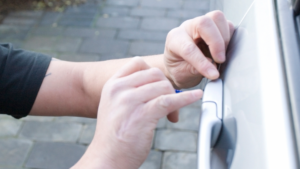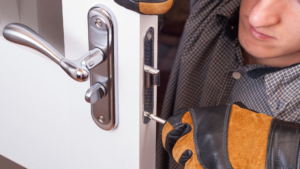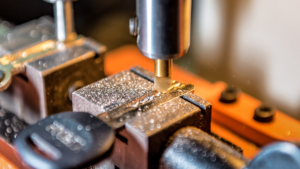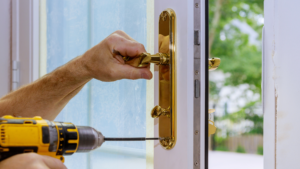Modern security practices have incorporated Closed-Circuit Television (CCTV) systems as a pivotal component. Irrespective of their employment in residential or commercial settings, these systems deliver a dependable avenue for monitoring and upholding the security of properties. To ensure the optimal performance and effective functioning of your CCTV setup, take into account the ensuing pointers.
Strategic Camera Location: The strategic location of cameras is crucial for capturing clear and comprehensive footage. Identify key areas to monitor, such as entry points, high-traffic zones, and vulnerable spots. Ensure cameras are mounted at appropriate heights and angles to minimize blind spots.
Encompass All Fields: Opt for cameras showcasing wide-angle lenses or pan-and-tilt attributes to envelop extensive spaces. This cuts down on camera quantities while maintaining inclusive coverage.
Weather Resilience: For outdoor camera installation, go for weather-resistant models designed to withstand various weather conditions. This resilience ensures continuous surveillance, regardless of the environment.
Quality Camera Upgrade: Upgrade to cameras of exceptional quality featuring high resolution to capture images with unparalleled clarity and intricate details. These cameras also perform remarkably well in low-light situations, ensuring consistent surveillance efficacy.
Mobile Surveillance: Choose a CCTV system that provides remote access via a smartphone app or web browser. This characteristic enables you to observe your property in real-time from anywhere, increasing convenience and security.
Optimal Illumination: Appropriate lighting is crucial for clear recordings, particularly at night. Reflect on placing cameras near current light sources or utilizing cameras featuring infrared (IR) sensors for nocturnal vision.
Consistent System Wellness: Maintain consistency in caring for the wellness of your CCTV setup, regularly confirming camera cleanliness, precise alignment, and reliable operation. Dust or debris on the lens can impair image quality.
Enough Storage Capacity: Make sure your CCTV system has enough storage capacity to accommodate footage. Depending on your situation, consider cloud storage or choose an on-site digital video recorder (DVR) or network video recorder (NVR).
Privacy Compliance: Comply with privacy laws and regulations when installing cameras, especially in zones that might infringe on the privacy of others.
Safe Network Linkage: When your CCTV system connects to the internet, establish its safety with sturdy passwords and encryption. Regularly update firmware to shield against potential vulnerabilities.
Movement Perception: Utilize motion detection settings to activate recording and alerts when motion is identified. This conserves storage space and directs your notice to potentially meaningful events.
Integrated Safety Approach: Integrate your CCTV system with other security measures, like alarms or access control systems, to establish a holistic security solution.
Privacy Preferences: When your cameras oversee regions with a combination of public and private spaces, apply privacy settings to mask private areas from view.
Continuous Updates: Keep your CCTV system up-to-date by applying the most recent firmware and software updates offered by the manufacturer.
User Proficiency Training: When multiple individuals will access the CCTV system, provide thorough training to enhance their proficiency.
Observing Regulations: Familiarize yourself with local legislation and mandates regarding the deployment of CCTV systems, particularly in public locales.
Recorded Video Examination: Conduct regular assessments of recorded footage to uncover any abnormal or suspicious activities. This step contributes to heightened security.
Alternative Power Assistance: Think about providing backup power to your CCTV system, such as uninterruptible power supply (UPS) units. This ensures surveillance continuity during power interruptions.
Ongoing Inspection: Continuously examine your CCTV system to ensure the functionality of all cameras and the accurate recording and storage of footage.
Skilled Installation: While DIY choices exist, professional installation ensures accurate camera positioning, wiring, and setup to achieve optimal performance.
Through the application of these pointers, you can secure the continuous strength and efficacy of your CCTV system in elevating security, whether it’s applied to your residence, workplace, or other premises. Remember that technology is always advancing, so maintaining awareness of the latest breakthroughs in CCTV systems can further fortify your security measures.





